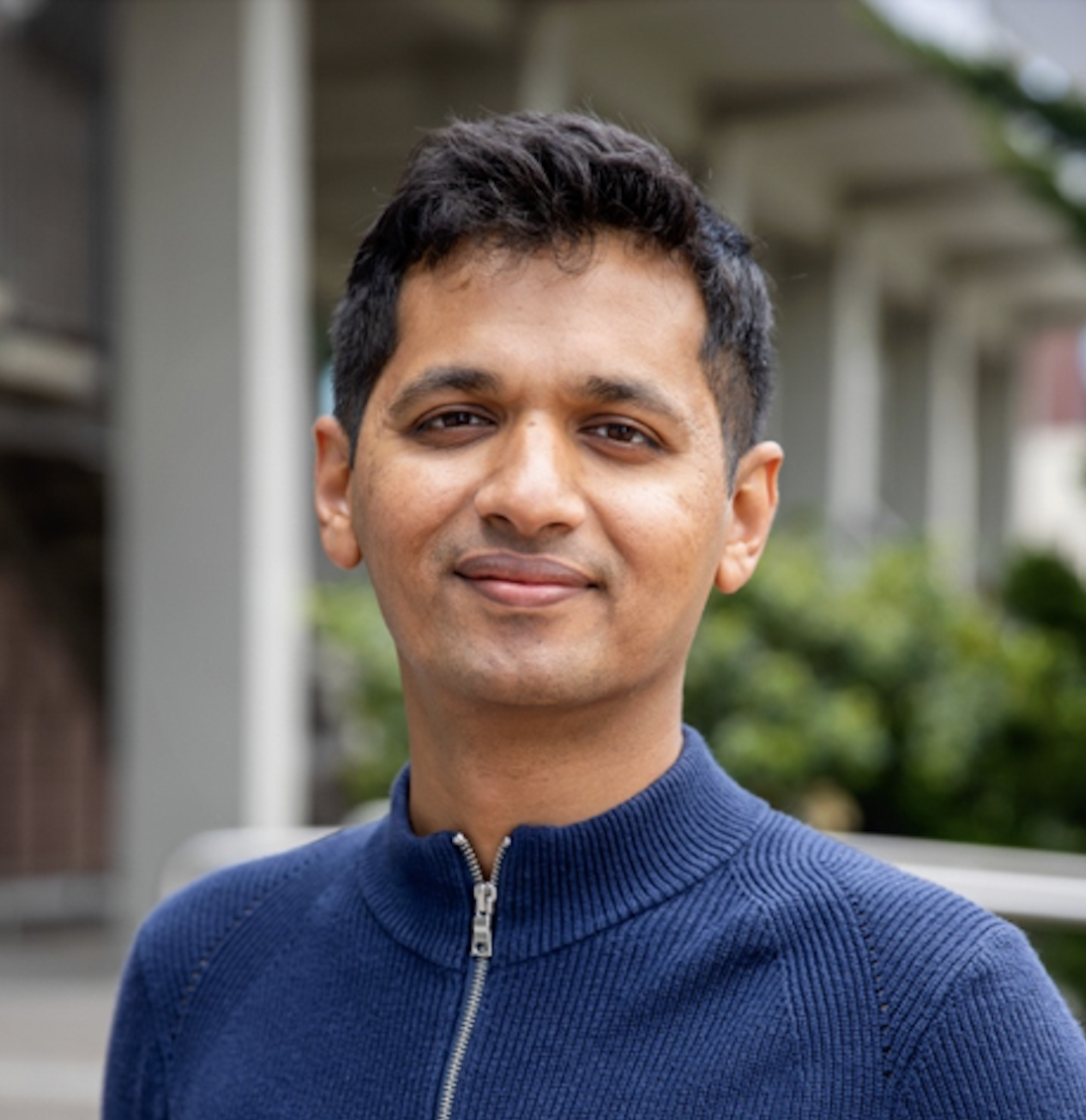Mit H. Naik: Diverse Nature of Excitonic States in Transition Metal Dichalcogenide Moiré Superlattices

Abstract:
Moiré patterns of 2D van der Waals materials have proven to be an ideal platform to host unusual correlated electronic phases, emerging magnetism, and correlated exciton physics. The existence of novel moiré exciton states in transition metal dichalcogenide heterostructures has been established through the observation of multiple emergent peaks in the optical absorption and luminescence spectra. However, despite all the experimental efforts, the origin and nature of these excitonic states remains a mystery. The atomistic details of an exciton (size of a few n.m.) are particularly difficult to probe in experiments due to the diffraction limit of optical measurements, and a theoretical understanding of the moiré excitons has been limited until now to continuum models, often relying on empirically fit parameters. Using state-of-the-art first-principles GW-Bethe Salpeter equation calculations we discovered a rich diversity of excitonic states in large-area transition metal dichalcogenide moiré superlattices. These studies, which involve thousands of atoms in the moiré unit-cell, are made possible by a novel computational approach we developed, the pristine unit-cell matrix projection (PUMP) method [1]. In rotationally aligned WSe2/WS2 moiré superlattice, we find some excitons of a modulated Wannier character and others of a previously unidentified intralayer charge-transfer character [1]. In 57.7° twisted bilayer WS2, we discover layerhybridized excitons with in-plane charge transfer character. These characteristics originate from the strong modulation of electron wavefunctions due to atomic reconstructions of the superlattice. Experimental reflection contrast [1], electron energy loss spectroscopy [2] and scanning tunneling spectroscopy confirm these predictions. Due to the weaker binding and larger spatial extent of the in-plane charge-transfer excitons, they can be strongly modulated by external electrical field, doping charges, and substrate screening.
Acknowledgment: This work is supported by the U.S. Department of Energy and the National Science Foundation, and the theoretical methods are developed in collaboration with Dr. Y. Chan, Dr. Z. Li, Dr. C. S. Ong, W. Kim, Prof. F. H. da Jornada and Prof. S. G. Louie.